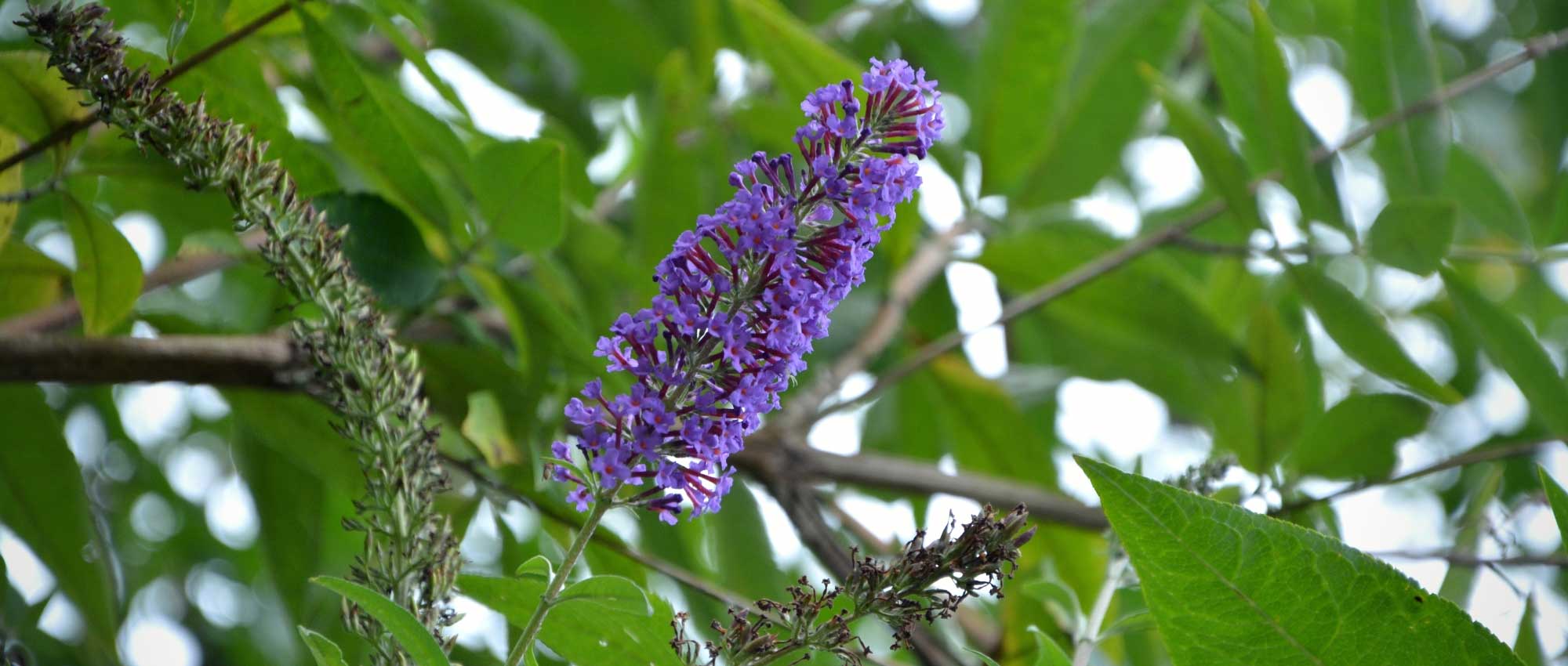
15 very easy plants to propagate
Multiplying them is child's play!
Contents
A rather simple and quick technique, propagation by cuttings, allows you to easily obtain new plants. It is a very economical way to multiply perennials and bushes, which involves reproducing entire plants from a single segment of stem! Unlike sowing, propagation by cuttings has the advantage of preserving the character of the original variety. The plants obtained are therefore “clones”. This allows you to regenerate your plants, preserve certain varieties you cherish, or quickly produce new plants to give to your loved ones!
To propagate, start by taking cuttings, usually about 15 cm long. They should be healthy and, if possible, not bearing flowers. Cut cleanly, just below a node (the point where the leaves are attached). Remove the leaves located on the lower part of the stem. Optionally, dip the base of the cutting in plant hormone, then place it in a pot with potting soil. Firmly pack the soil around the stem, and water. Then place the pot out of direct sunlight. You can cover the pot with a plastic bag or a bottle to maintain a humid atmosphere.
Hydrangea
Hydrangea is a bush that is really easy to propagate by cuttings! It is appreciated for its long-lasting summer flowering, often in large spherical inflorescences, and in shades that are generally blue, pink, or white. To propagate it, intervene at the end of summer by taking semi-woody stems, 15-20 cm in length. Remove the basal leaves, reduce the surface area of the remaining leaves, and then replant the stems in potting soil.
The currant bush
Do you enjoy harvesting the fleshy little fruits of your currant bush in summer? Well, you should know that you can easily propagate it by propagation by cuttings for an even more abundant harvest! Do it in summer (semi-ripe stems) or in winter (when the plant is in dormancy), by selecting a stem about 20 cm long. Prepare the cutting by leaving only the leaves at the top of the stem, then replant it in a pot or in the ground. Flowering currants are also quite easy, as well as raspberry plants and blackcurrant bushes.
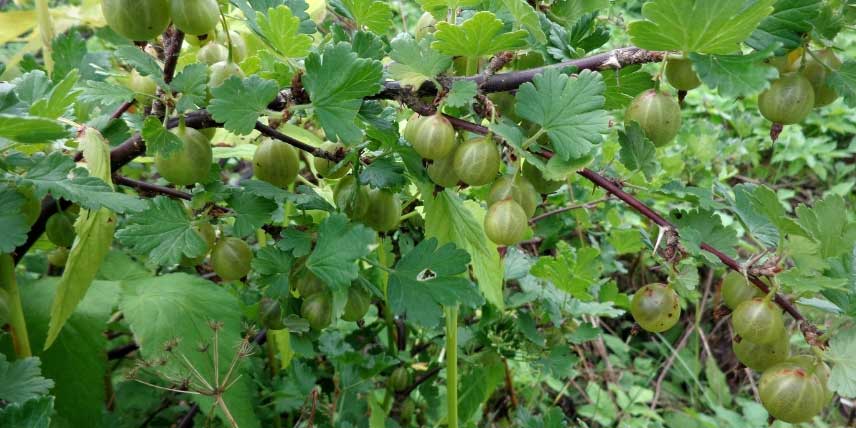
Honeysuckle
Superb climbing plants that are easy to grow, honeysuckles or Lonicera offer a highly fragrant flowering in summer! They beautifully adorn façades, arbors, and trellises, and can even be grown in pots to decorate a balcony, for example. You can propagate them in August (semi-woody stems) or in autumn. Use stems about fifteen centimetres long, removing the leaves from the base, and replant them in pots to be placed under a frame.
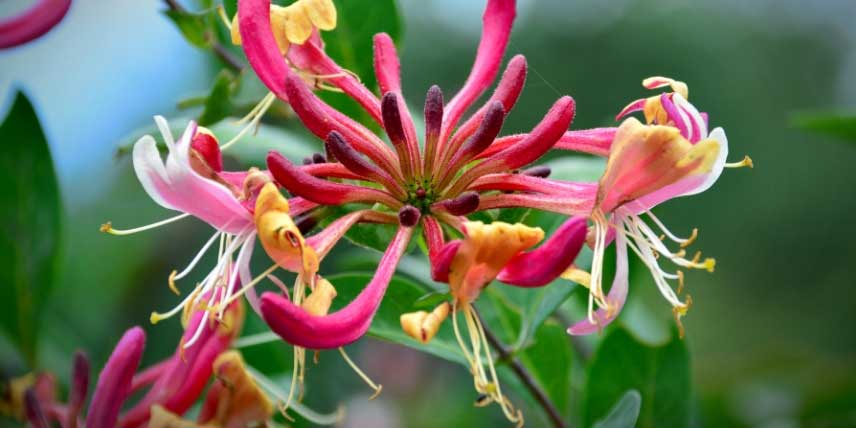
Buddleia
The butterfly bush enchants us with its long clusters of flowers, which are highly melliferous. It is a bushy shrub that blooms throughout the summer, in shades of purple, mauve, white, and sometimes blue or pink… It grows quickly, tolerates difficult, dry, stony soils, and enjoys full sun. Propagation by cuttings takes place at the end of the flowering, in August or September.
The oleander
Mediterranean bush with white, pink, or red flowers, oleander (Nerium oleander) is quite easy to propagate by cuttings. In August, cut a stem about 15 cm long, remove the leaves from the base, and then place it in water. The cutting will quickly develop new roots. After a few months, you can repot it in potting soil.
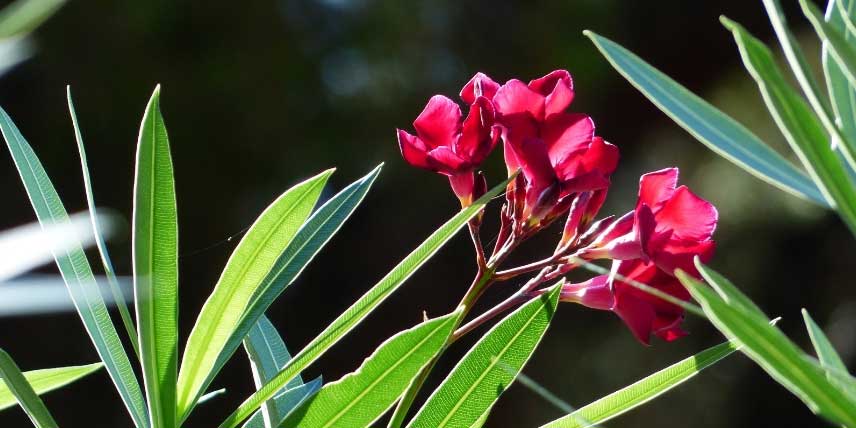
Elderberry
The elder trees, or Sambucus, are deciduous bushes that offer a flowering display in spring, often featuring white umbels, followed by black or red berries. They are also appreciated for their stunning, finely dissected foliage, which can be purple in certain varieties. They grow quickly, are robust, and require little maintenance. They can be planted in hedges, at the back of borders, or as standalone specimens. You will easily be able to propagate them in autumn by taking stem segments of about 20 cm in length, bearing a heel of last year’s branch.
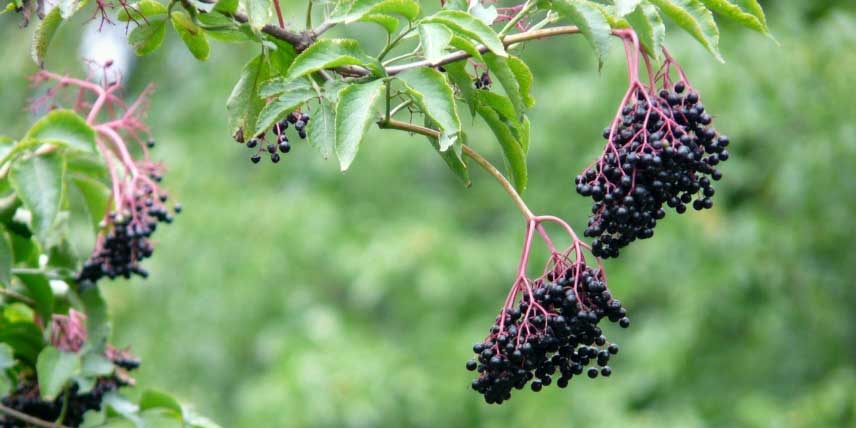
Forsythia
The forsythia is a bush that heralds the arrival of spring with its stunning golden flowering! Plan to place it in full sun, in fertile, rather cool soil. You can incorporate it into a hedge or plant it as a standalone. It grows quickly and requires little maintenance. Propagation by cuttings can be done throughout the year, but the best times are winter (when the plant is in dormancy), or spring (after flowering).
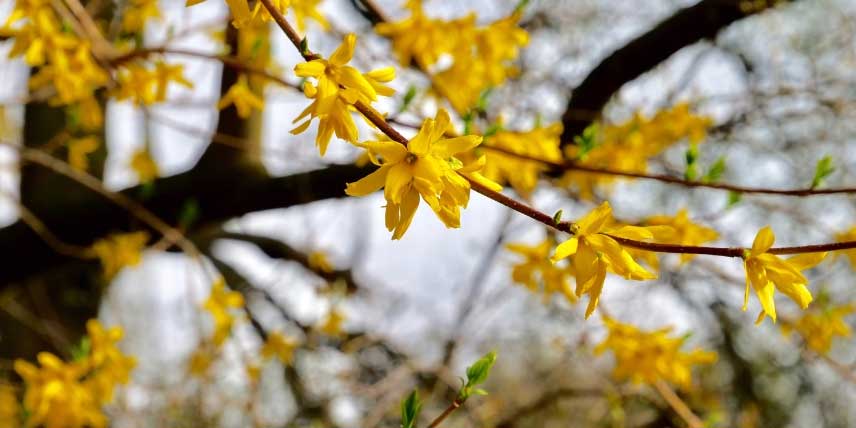
Willow
Propagation by cuttings is an effective technique for multiplying particularly osier willows and weeping willows. Willow water is even made to replace the plant hormone, as the salicylic acid present in the bark promotes rooting. The ideal time to propagate willow is winter (between November and February-March), by taking branches about 25 cm long. You can plant them directly in the ground or first place them in water until they develop their roots.
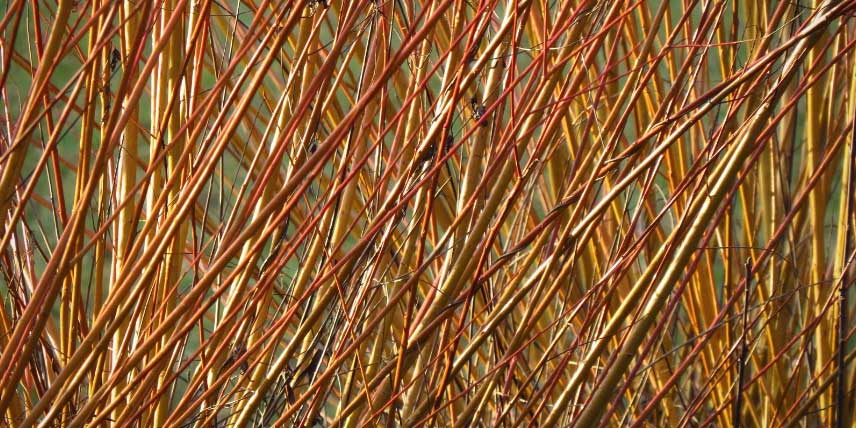
Pelargonium
Often referred to as Geraniums, pelargoniums are container plants that brighten up balconies, terraces, and window sills with their vibrant flowering! You can propagate them at the end of summer (August-September). Cut a young stem, about 10-15 cm long, just below a node, remove the leaves from the base, and then replant the stem in potting soil.
Begonia
Begonias offer beautiful colourful flowerings, sometimes very decorative foliage, and have the advantage of being easily propagated by cuttings. Cut a stem, remove the flowers if there are any, and a few leaves if necessary (preferably those at the base). Replant the stem in rich, light potting soil, firm it well all around, and water. You can place a bottle or a plastic bag over it to retain moisture. The stem can also simply be placed in a jar with a little water and a small piece of charcoal. Close the jar to maintain a humid atmosphere (propagation by misting). Begonia rex can be propagated with just a leaf, incised and placed on potting soil.
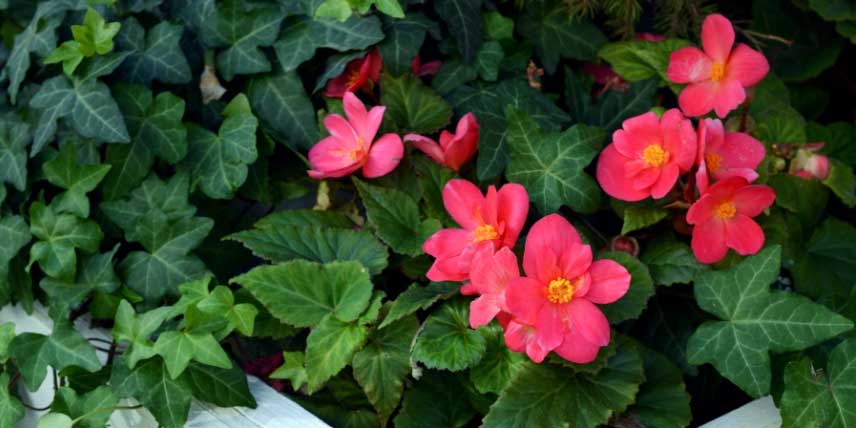
Sedum
The sedum, or stonecrop, is a succulent plant that has the ability to root very easily when a stem is in contact with the soil. Thus, propagation by cuttings works quite well, whether from a stem or a single leaf! Use a well-draining substrate (a mix of potting soil and sand). For leaf propagation, additionally place a thin layer of sand on the surface. You can take leaves, let them dry for a few days in the shade, and then place them on the substrate. Stem propagation is more “ordinary”; simply cut stems about 10 cm long and replant them in the substrate.

Mint
Mints are easy plants to grow and propagate, and they come in many species and varieties. These aromatic plants are appreciated for their very fresh aroma. To propagate them, simply cut stems about 10 cm long and place them in water while waiting for them to develop roots. You can then repot them in potting soil.
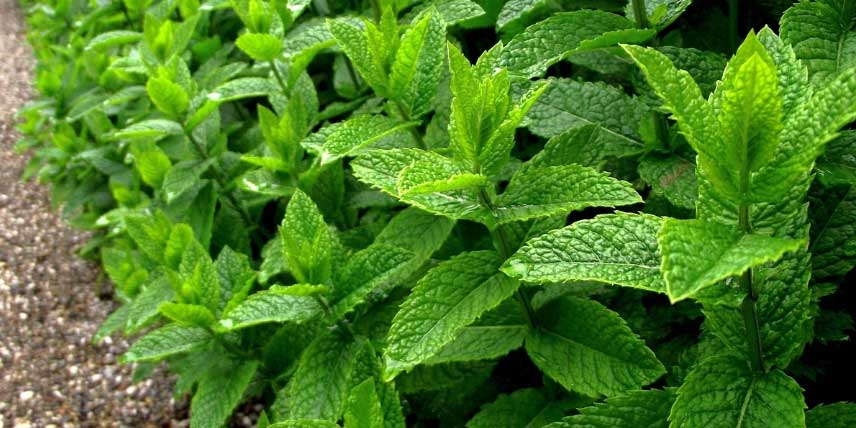
Rosemary
The rosemary is a highly valued aromatic plant that pleasantly flavours dishes. It produces soft blue or violet flowering. Cut a branch about 10 cm long at the end of summer, remove the leaves from the base, and then replant it in a pot filled with well-draining substrate. Water it and then place a bottle or plastic bag over it to maintain high atmospheric humidity.
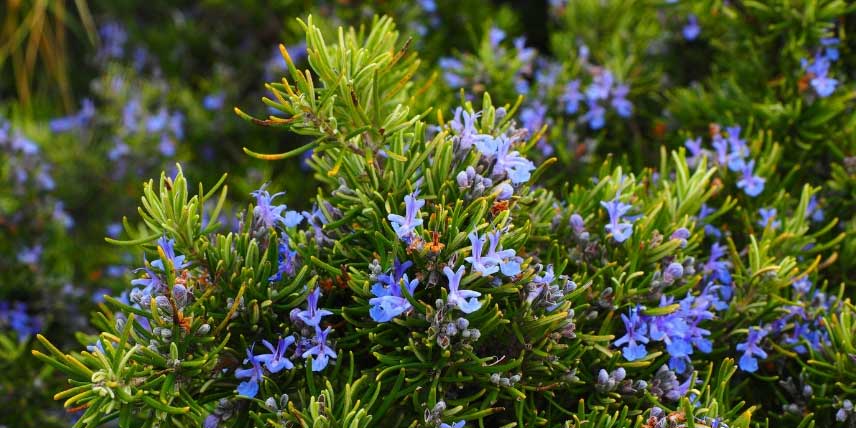
Lavender
Lavender is an iconic plant of southern gardens! It is appreciated for its very pleasant fragrance and decorative flowering, which also has the advantage of being melliferous. It is ideal for Mediterranean-style gardens and rockeries. You can propagate it in spring or late summer.
To go further
- Discover our advice sheet: “Propagation by cuttings, everything you need to know about the different techniques and our tips for successfully propagating your cuttings”
- Discover our more comprehensive and specific sheets:
-
- 15 easy perennial plants to propagate
- 15 easy bushes to propagate
- 7 easy climbing plants to propagate
- Subscribe!
- Contents
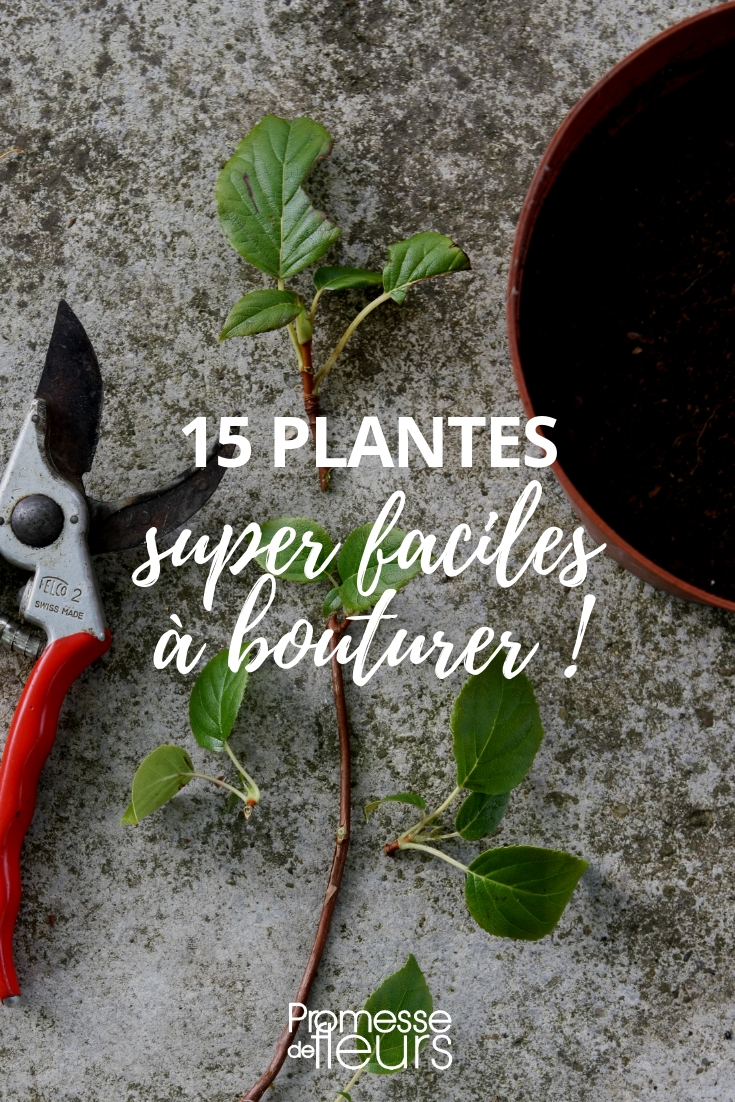































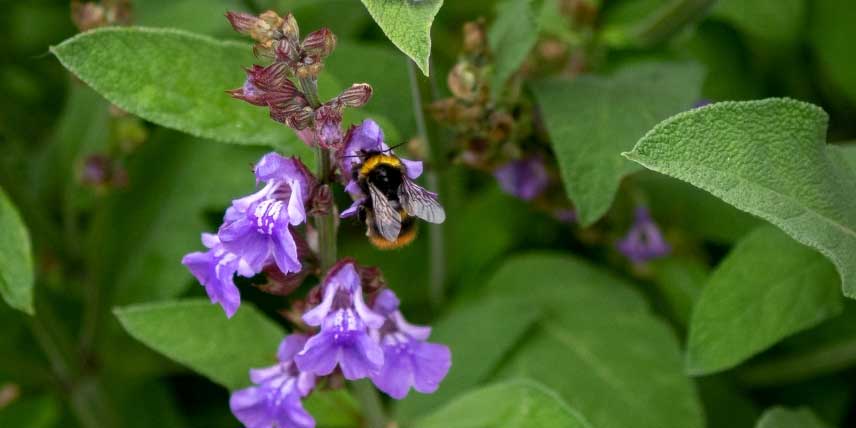
Comments